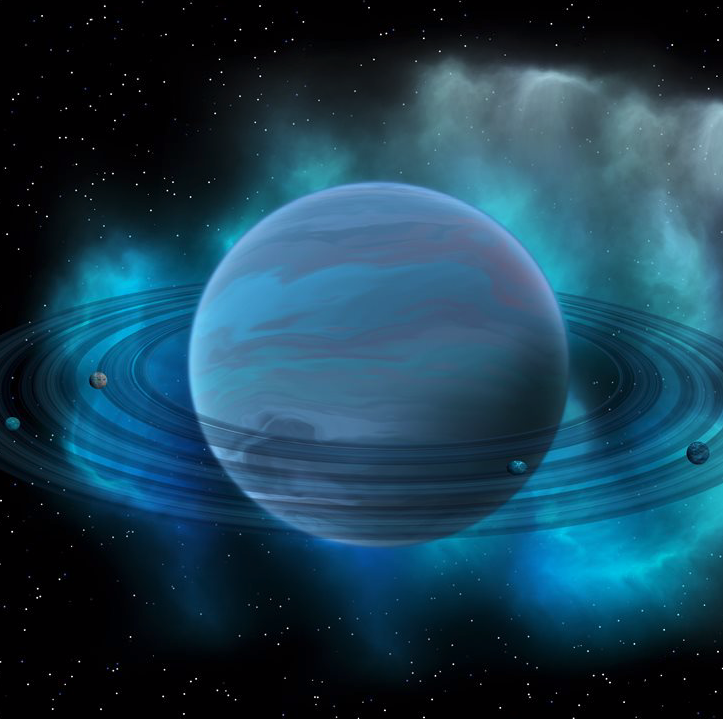Story by Miriam Kramer of Axios* Aug 20 2019

Neptune Artists concept
Uranus and Neptune — the long-neglected ice giants in the outer solar system — could be the keys to unlocking the mysteries of planets far from our solar system.
Why it matters: Scientists have found a whole bunch of planets around the size of Neptune orbiting stars light-years from our own, so learning more about our own ice giants could help us piece together exactly what’s going on with those distant worlds.
The big picture: Today, planetary scientists are pushing NASA and other space agencies to explore those worlds at close range with dedicated missions. They’re hope is that if a major mission to Uranus or Neptune does get approved, it will be a long-term visit, not just a flyby.
Voyager 2 flew by Uranus and Neptune in the 1980s as part of its tour of the solar system, providing a tantalizing glimpse at their atmospheres and systems of moons.
But since then, scientists haven’t gotten a good look at these relatively unexplored planets.
Over the years, researchers have floated a number of mission concepts that would allow space agencies to study the planets at close range for several years.
Some scientists have advocated for a lander and an orbiter to fly to Uranus or Neptune, and others have suggested sending one orbiter to explore both planetary systems.
Where it stands: Some of the most common types of alien planets found by the Kepler Space Telescope were around the size of Neptune or slightly smaller, showing that planets the size of the ice giant are likely pretty plentiful in our galaxy.
“The more we understand about other solar systems, the more pressing it becomes to sort of go back to our solar system and look for an analog,” planetary scientist Emily Martin told Axios in an interview.
Finding out more about Uranus’ and Neptune’s composition through dedicated missions could help researchers learn more about how planets formed across our galaxy.
Yes, but: Although scientists are hopeful that the next mission priorities set by the scientific community will prioritize Uranus or Neptune, the funding will need to compete with other planetary priorities like Mars.
“We have to balance the budget that NASA has available and the resources available with what the community priorities are,” Johns Hopkins University planetary scientist Kathleen Mandt told Axios in an interview.
Yet, even if a mission is chosen in the next decade, it’s not as if we’ll be studying the ice giants from close range immediately.
“Interplanetary flight times are 6 to 12 years to Uranus, 8 to 13 years to Neptune, depending on launch year, mission architecture, and launch vehicle,” according to a white paper detailing what a mission to Uranus or Neptune might look like.
The intrigue: Sending a mission to Neptune or Uranus wouldn’t just be about worlds far from our own solar system. These 2 planets could help scientists fill in major gaps in the history of our solar system in general.
Uranus spins on its side — perhaps as the result of a huge collision sometime in its early history — and both worlds have strange magnetic fields that are thought to be influenced by their liquid cores.
Moreover, getting a close-up look at the moons and rings of Neptune and Uranus would go a long way toward helping researchers understand the outer solar system as a whole.
Neptune’s moon Triton, for example, is thought to be an object captured from the Kuiper Belt in Pluto’s part of space.
Learning more about that moon — which may play host to a subsurface ocean — could help illuminate the nature of objects much farther away.
The bottom line: A mission out to the ice giants could help scientists piece together our solar system’s history while answering some basic questions about Uranus and Neptune as well as other worlds far from our own.
Go deeper: The national security space race
